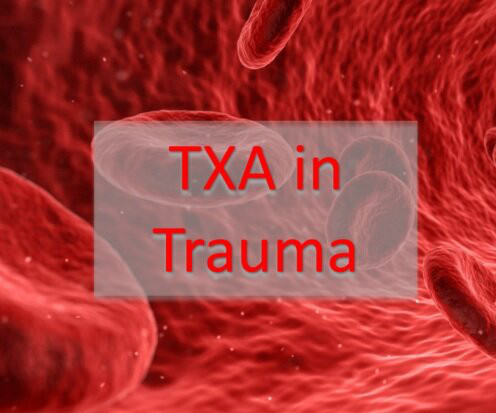emDOCs Podcast – Episode 85: Tricky Cases Part 1
EMDocs
SEPTEMBER 6, 2023
Learning points: Consider differential – sepsis, thyroid storm, thalamic stroke, exertional and classic heat stroke, serotonin syndrome, neuroleptic malignant syndrome, sympathomimetic toxicity, and anticholinergics. Reference: EM@3AM – Heat Stroke Case 2: 40-year-0ld female feels unwell but no other specific complaints.














Let's personalize your content